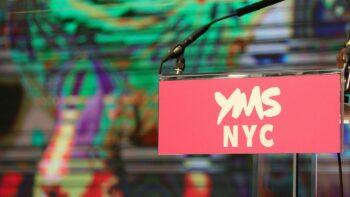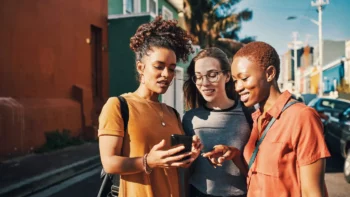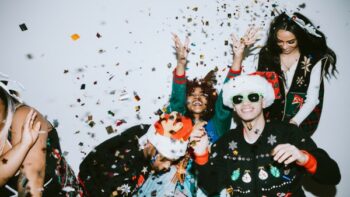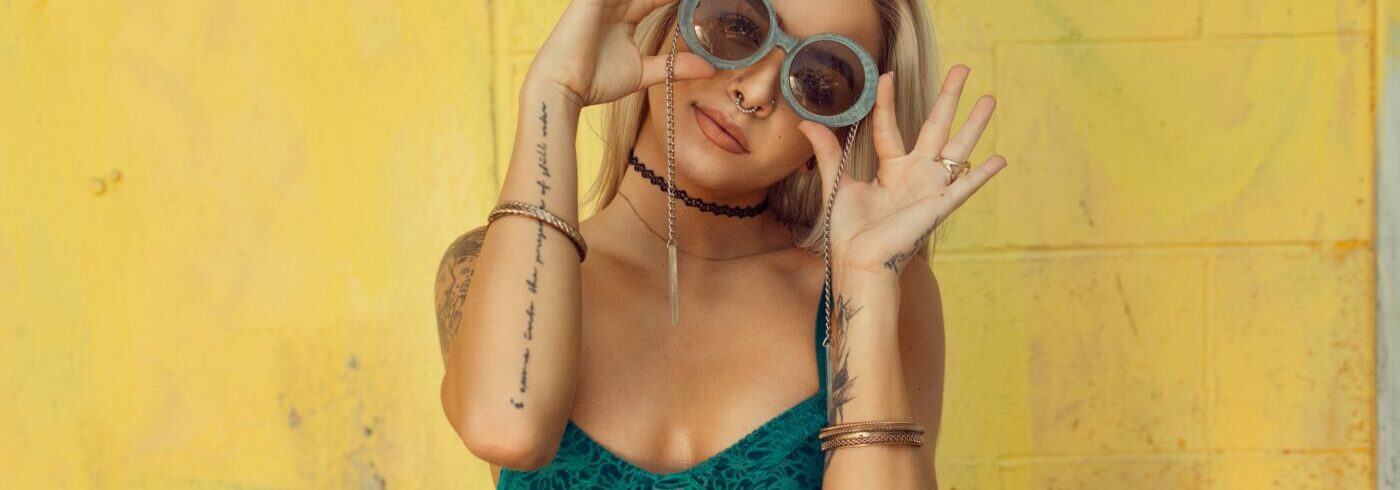
6 Reasons Why Gen Z Want More Inclusivity in Fashion
Article Highlights
- 1. Fashion should equal self expression – so why do so many still feel confined?
- 2. Gen Z are drawn to brands who show a diversity of individuals in their marketing
- 3. Gen Z feel less of a need to follow micro-trends
- 4. Sustainability isn’t the number one driver for fashion choices, but it’s still high on the agenda
- 5. Fashion remains an important vehicle to code who you are
- 6. You no longer have to look a certain way to take part in a fashion trend
Be the first to access new posts and exclusive content
Last week, we explored the key themes drawn from the Voxburner+ Report ’ ‘Inclusivity in the Fashion and Retail Industry‘ in a deep-dive webinar. We were joined by Illen Rowe, Student Beans’ Social Impact Manager for a panel discussion with our Gen Z team Raphaella, Millie and Isaac. We discussed how brands can be more inclusive and cater towards Gen Z consumers, who are increasingly rejecting gender labels in favour of fluid, unisex fashion, and gained a whole bunch of insights into the future of fashion for Gen Z.
It wasn’t one to miss – but if you did, don’t fear. We’ve condensed all the best bits for you in this blog.
Check out our key takeaways:
1. Fashion should equal self expression – so why do so many still feel confined?
Previous research conducted by Voxburner revealed that Gen Z feel underrepresented in fashion marketing, with 54% of Gen Z feeling as though they have to dress for their gender, and a massive 57% feeling pressure to dress in a certain style for their body type. We took this to our panel, asking why so many continue to feel confined within this space that has historically always been a medium of expression. Raphaella noted that the most prevalent brands, particularly in the fast fashion space (such as Boohoo and PrettyLittleThing), specifically use “thin, societally-attractive models” in the marketing of their clothes. Since Gen Z draws inspiration chiefly online, the prevalence of slim, gender-confining and aesthetically ubiquitous models can be damaging – and brands should take note of this to provide a more inclusive online experience.
2. Gen Z are drawn to brands who show a diversity of individuals in their marketing
It wasn’t all bad news on this front, however. There are many brands who are adapting their fashion marketing to be inclusive for every consumer, regardless of gender. Panellist Millie touched upon ASOS’ brand Collusion to praise their inclusion of both male and female models. Collusion has hit the mark for many young consumers – which is ideal, because that’s exactly what the brand set out to do. Inspired by youth, creativity and cross-collaboration, Collusion was a brand created by coming-of-age creators, all aged between 17 and 22. Their style line isn’t just inclusive on gender, but also on size; offering products in everything from size 4 to size 28.

3. Gen Z feel less of a need to follow micro-trends
Whether it’s impulse purchasing a second-skin top or sporting a pair of army trousers, we’ve all fallen guilty to buying into a micro-trend at some point. As the name suggests, micro-trends have a much shorter shelf life than seasonal or evergreen trends, and for Gen Z, are largely perpetuated through online platforms such as TikTok and Instagram. Their quick rise in popularity is almost always countered by a peak, a decline and finally a fall into obscurity. A win for fast fashion; but not for the environment, it seems.
Raphaella expressed that “the older I get, the less I feel the need to buy into micro-trends”, noting that going to university and being around a variety of styles has led her to become more comfortable in her fashion identity. Panellists Millie and Isaac also corroborated this view, noting that they no longer felt like they were ‘constantly trying to reinvent’ themselves, with Millie sharing that she “no longer cares about the trendiness of a brand”.
4. Sustainability isn’t the number one driver for fashion choices, but it’s still high on the agenda
Research conducted by Voxburner showed that whilst young people have a genuine desire to make sustainable choices, this isn’t always possible. The cost-of-living crisis marks part of the reason that when young people are buying clothes, they’re drawn to fast fashion brands. Panellist Millie shared that she always tries to shop for good quality clothes when she can, questioning “will I be able to wear this item in 20 years?”.
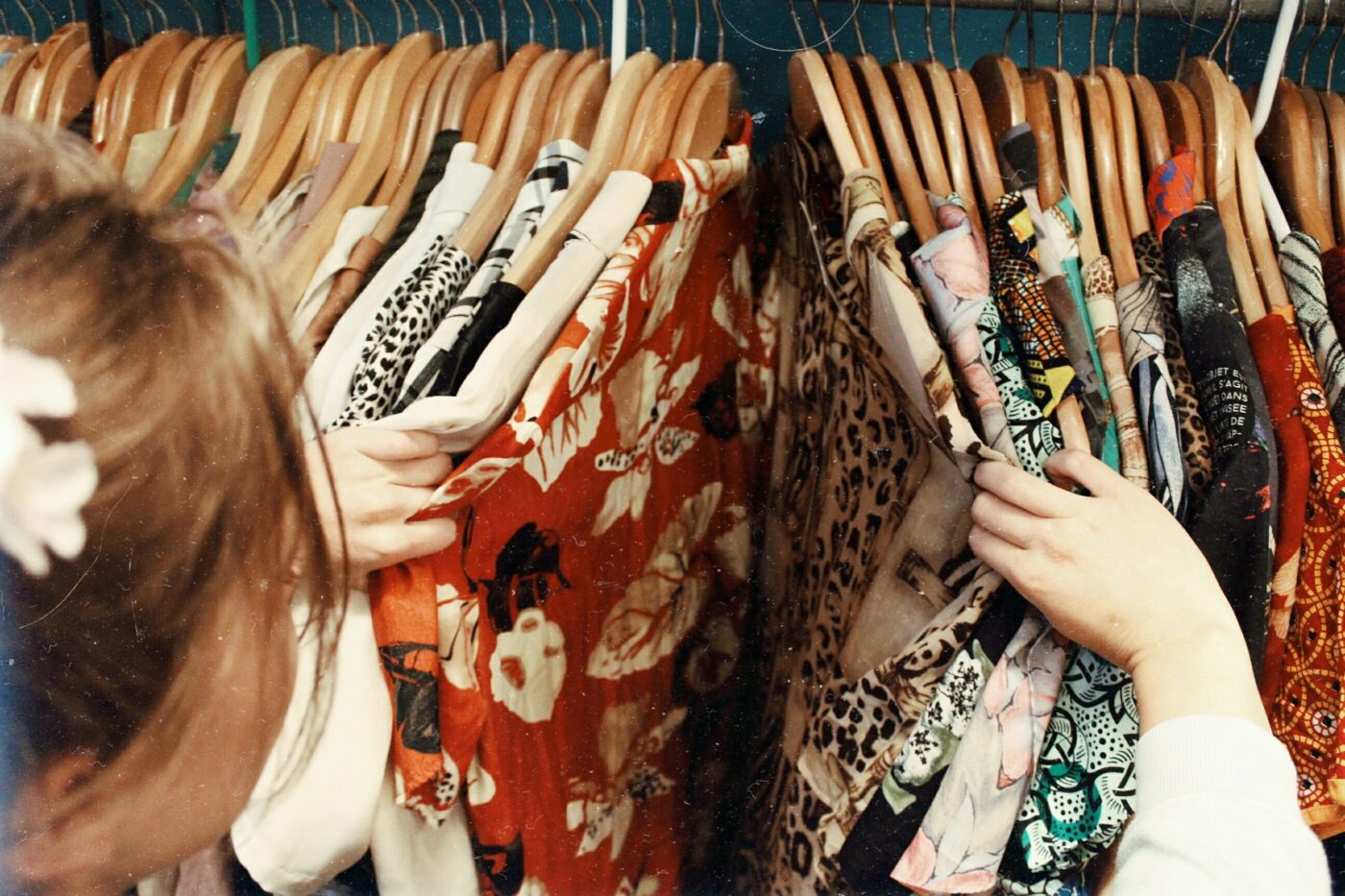
5. Fashion remains an important vehicle to code who you are
As our panel shared, “everyone has duality in them”. Whilst there is scepticism from Gen Z about how extensively fashion caters for all identities, there’s still no doubt that clothes are a key vehicle of expression for many. Panelist Isaac noted that for those who identify as queer, fashion is a key way to code ones identity, and brands offering gender-fluid clothes are an important part in widening this conversation.
6. You no longer have to look a certain way to take part in a fashion trend
The body positivity movement has been around since the 60s, but it’s only recently that it has begun to be reflected in the media that we consume. Brands working with models of all races, disabilities and sizes have been influential in Gen Z’s consumption of modern-day fashion. One example is the resurgence of low-rise trousers (a trend surged into popularity by 2000s Heroin Chic). Many initially recoiled in horror after learning this style was officially back in – but thanks to mid-size and plus-size models sporting this style, later felt confident to wear this kind of clothing for the first time. Raphaella is one such person, sharing that seeing others who had the same body type as her wearing low-rise jeans empowered her to buy trousers in that style.
You can watch the full webinar on Voxburner+.
Not a subscriber? Join our Youth Marketing Community today.
